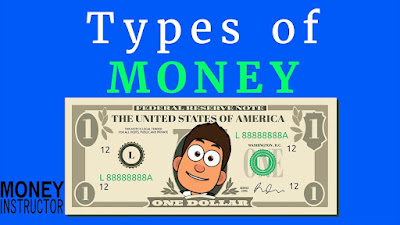What is Money in Economics
In economics, money is a medium of exchange that is widely accepted in transactions of goods and services. Money is used as a measure of value, a store of value, and a standard of deferred payment.
As a medium of exchange, money enables people to trade goods and services without the need for a barter system. With money, people can buy and sell different goods and services without having to find someone who has the exact goods or services that they need and is also willing to trade for what they have.
As a measure of value, money serves as a common unit of account that is used to compare the value of different goods and services. This enables people to make informed decisions about how to allocate their resources.
As a store of value, money can be saved and used at a later time. This is possible because money is durable and can be stored for a long period of time without losing its value.
Finally, money serves as a standard of deferred payment. This means that people can use money to pay for goods or services in the present, even if they do not have the necessary funds available at the time of the transaction. They can pay with the promise of payment in the future, such as with a loan or credit.
Types of Money in Economics
In economics, there are several types of money that are used to facilitate transactions and store value.
Here are the main types:
#1. Commodity Money: This type of money is made of a physical substance that has intrinsic value. Examples include gold, silver, and other precious metals.
#2. Fiat Money: This type of money is not backed by a physical commodity but by the government's declaration that it is legal tender. It has no intrinsic value but is widely accepted as a means of payment. Most currencies today are fiat money.
#3. Digital Money: This type of money exists only in digital form and is typically stored in electronic devices such as computers or smartphones. Examples include cryptocurrencies like Bitcoin and Ethereum.
#4. Credit Money: This type of money is created by banks when they issue loans. It represents a promise to pay back the loan with interest and is widely accepted as a means of payment.
#5. Representative Money: This type of money is backed by a physical commodity, but it is not the commodity itself. Instead, it represents a claim on the commodity. Examples include paper money that was once backed by gold or silver.
Each type of money has its advantages and disadvantages, and their use varies depending on the circumstances and the preferences of the individuals involved.





